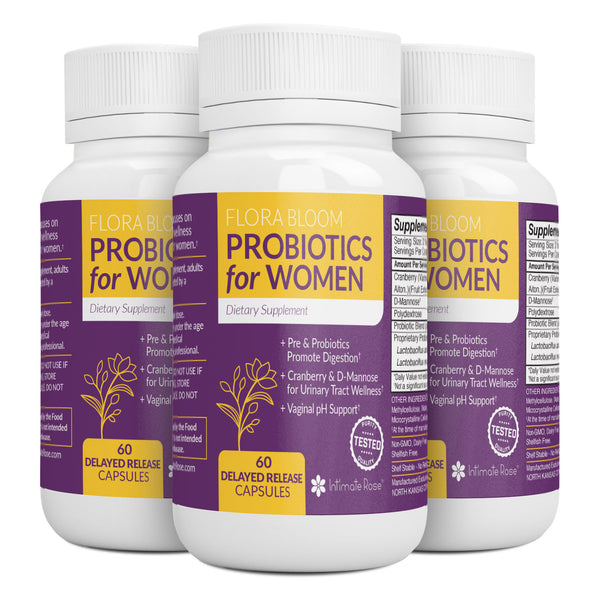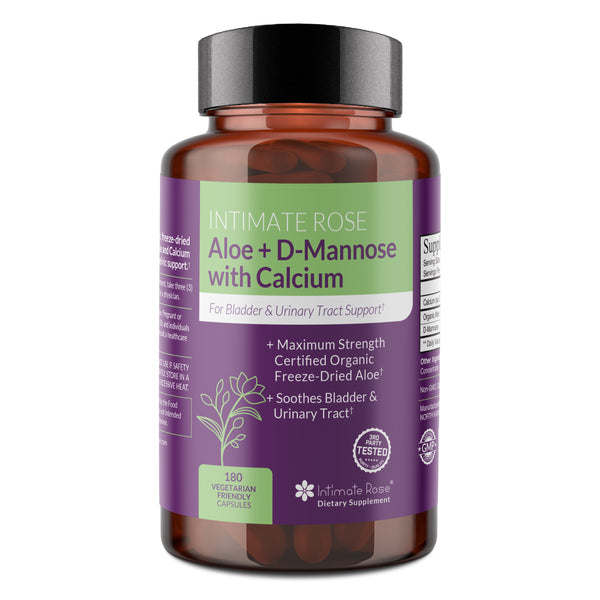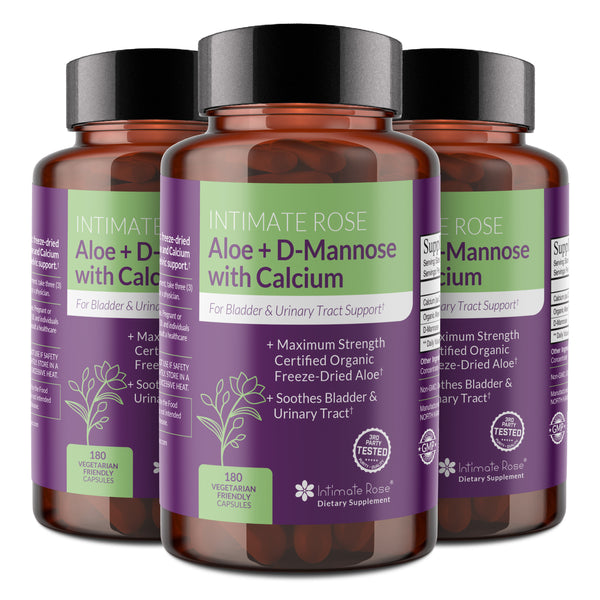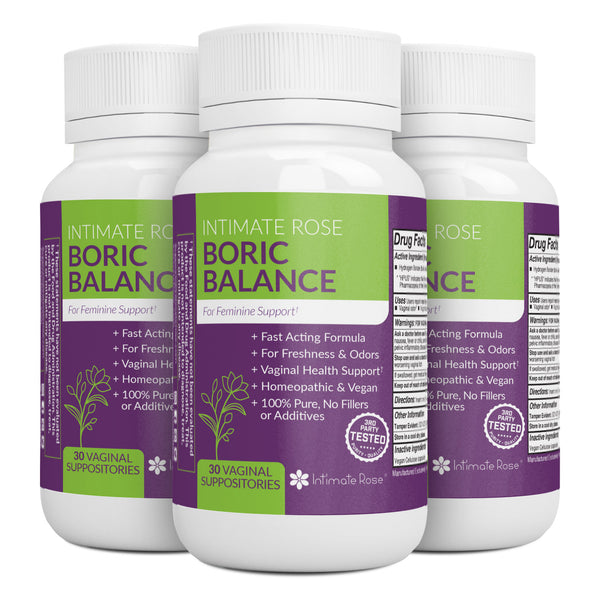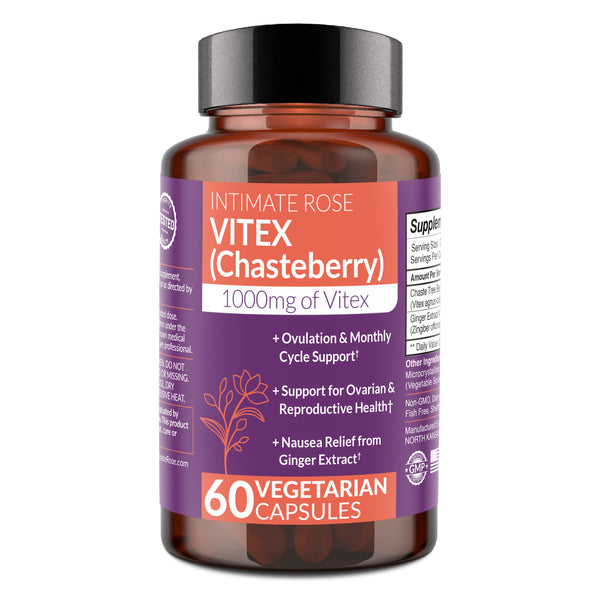Bacterial Vaginosis | Yeast Infections | Symptom Comparison
Bacterial vaginosis and yeast infections are both part of a broader category of vaginal disorders: vaginitis. Vaginitis describes a number of disorders which cause inflammation or irritation of either the vagina or the vulva.
The main difference between BV (bacterial vaginosis) and a yeast infection is that BV is caused by an imbalance of naturally occurring bacterial flora in the vagina, leading to symptoms like a fishy odor and grayish discharge, whereas a yeast infection is caused by an overgrowth of yeast (commonly Candida species), resulting in symptoms like itching, swelling, and a thick, white discharge.

Things Off Down There?

Things Off Down There?
Bacterial Vaginosis: Overview
Bacterial vaginosis (BV) is an infection of the vagina that occurs when the usual bacteria present in the vagina are replaced with other species of bacteria. It’s important to note that a urinary tract infection (UTI) is not the same as bacterial vaginosis, as this is an infection of the urethra and not the vagina.
BV is very common. One study tested 3,739 women 14-49 years of age and found that 29.2% had BV at the time the test was taken. Of those, 84% did not report having any symptoms (Koumans et al, 2007).
The most reported symptom is a “fishy” smell to the vaginal discharge, which may become more noticeable after sex or while menstruating (Livengood, 2009). This discharge is sometimes described as thin and milky (Cleveland Clinic).
There are several risk factors that increase your chance of developing BV, but keep in mind that it is possible to have none of these risk factors and still develop BV:
- Frequent douching
- Frequent intercourse, especially between multiple partners
- Intercourse between two women (or two people with vaginas)
- Ethnicity (over 3x higher rate of BV in African-Americans than white Americans)
- Smoking
While BV is not sexually transmitted, using a condom or an oral contraceptive may decrease the risk of infection (Livengood, 2009).
Yeast Infections: Overview
Like BV, yeast infections are caused by a change in the normal bacteria present in the vagina--particularly the presence of a bacteria called candida albicans (although other forms of the candida bacteria, and other bacteria altogether, can also cause yeast infections).
Related: UTI vs Yeast Infection: What's The Difference?
These infections are usually marked by itching, redness, and swelling of the vagina, as well as pain or burning of the vagina or while urinating. Yeast infections are also commonly indicated by thick, clumpy discharge, sometimes compared to cottage cheese (Spence & Melville, 2007).
Up to 75% of all people with vaginas will have a yeast infection sometime during their lives (Sobel, 1997), and about 3-4% will have chronic yeast infections characterized by 3-4 occurrences in one year (Denning et al, 2018).
Yeast infections are more common with hormonal changes such as pregnancy (Pawlaczyk et al, 2006) and post-menopausal people undergoing hormone replacement therapy (Fischer & Bradford, 2011), and might be more common in those taking oral contraceptives, though more research is needed (Donders et al, 2011).
The Ultimate Vaginal Bundle

BV vs Yeast Infection Symptom Comparison
Both bacterial vaginosis and yeast infections come with a host of symptoms that overlap with each other and with other infections. Here are some symptoms to watch out for, and what they may mean.
Vaginal itching
There are many causes of vaginal itching, and some--such as irritants, eczema, psoriasis, and even stress--have nothing to do with vaginal infections. However, vaginal itching is a symptom of many different disorders including bacterial vaginosis, yeast infections, and most STIs.
Pain while urinating
Pain while urinating, especially a burning sensation, is most associated with a UTI--however, this symptom can also be present in bacterial vaginosis, yeast infections, and trichomoniasis.
Discharge
Keep in mind that some amount of vaginal discharge is normal, and that the consistency of vaginal discharge can change throughout each month, becoming thicker, thinner, “stickier”, or more prevalent. That said:
- If your vaginal discharge looks thick and clumpy like cottage cheese, you may have a yeast infection.
- If it is thin, milky, and smells “fishy”, you may have bacterial vaginosis.
- If it is greenish-yellow with a foul odor, you may have trichomoniasis.
Visual changes to the vagina
Yeast infections can cause the vagina to appear red and swollen. If there are lesions or bumps on the vagina, you might have genital herpes or HPV (however, bumps on your vagina can also just be pimples or ingrown hairs). Bacterial vaginosis usually does not come with any visual changes to the vagina.
Conclusion
Any time you sense something “off” about your vagina--pain (whether constant or during urination or intercourse), itching, discomfort, odor, visual changes to the vagina or vulva, or an abnormal change in your discharge, see a doctor; the medications they will recommend to treat each disorder will vary.
Keep in mind that it is possible to have both bacterial vaginosis and a yeast infection at the same time, which would give you a mix of symptoms. In rare cases, you can also have BV, a yeast infection, and a UTI concurrently, which all require different treatment.
You can mitigate the risk of contracting many of these disorders by practicing safe sex (oral contraceptives, condoms, or both) and good bathroom hygiene. It’s also important to check in with your OBGYN regularly to have tests run and to discuss any concerns you may have about your vaginal health.
References
- Cleveland Clinic (2018). Vaginitis: Causes, symptoms, treatments & prevention. https://my.clevelandclinic.org/health/diseases/9131-vaginitis
- Lahaie, M. A., Boyer, S. C., Amsel, R., Khalifé, S., & Binik, Y. M. (2010). Vaginismus: a review of the literature on the classification/diagnosis, etiology and treatment. Women's health (London, England), 6(5), 705–719. https://doi.org/10.2217/whe.10.46
- ter Kuile, M. M., Melles, R., de Groot, H. E., Tuijnman-Raasveld, C. C., & van Lankveld, J. J. (2013). Therapist-aided exposure for women with lifelong vaginismus: A randomized waiting-list control trial of efficacy. Journal of consulting and clinical psychology, 81(6), 1127. https://doi.org/10.1037/a0014273
- Koumans, E. H., Sternberg, M., Bruce, C., McQuillan, G., Kendrick, J., Sutton, M., & Markowitz, L. E. (2007). The prevalence of bacterial vaginosis in the United States, 2001–2004; associations with symptoms, sexual behaviors, and reproductive health. Sexually transmitted diseases, 34(11), 864-869. https://doi.org/10.1097/OLQ.0b013e318074e565
- Livengood C. H. (2009). Bacterial vaginosis: an overview for 2009. Reviews in obstetrics & gynecology, 2(1), 28–37. https://www.ncbi.nlm.nih.gov/pmc/articles/PMC2672999/
- Sobel, J. D. (2016). Recurrent vulvovaginal candidiasis. American journal of obstetrics and gynecology, 214(1), 15-21. https://doi.org/10.1016/j.ajog.2015.06.067
- Spence, D., & Melville, C. (2007). Vaginal discharge. BMJ (Clinical research ed.), 335(7630), 1147–1151. https://doi.org/10.1136/bmj.39378.633287.80
- Denning, D. W., Kneale, M., Sobel, J. D., & Rautemaa-Richardson, R. (2018). Global burden of recurrent vulvovaginal candidiasis: a systematic review. The Lancet Infectious Diseases, 18(11), e339-e347. https://doi.org/10.1016/S1473-3099(18)30103-8
- Pawlaczyk, M., Friebe, Z., Pawlaczky, M. T., Sowinska-Przepiera, E., & Wlosinska, J. (2006). The effect of treatment for vaginal yeast infection on the prevalence of bacterial vaginosis in early pregnancy. Acta Dermatovenerologica Croatica, 14(1), 0-0. https://pubmed.ncbi.nlm.nih.gov/16603098/
- Fischer, G., & Bradford, J. (2011). Vulvovaginal candidiasis in postmenopausal women: the role of hormone replacement therapy. Journal of lower genital tract disease, 15(4), 263-267. https://doi.org/10.1097/LGT.0b013e3182241f1a
- Donders, G. G., Mertens, I., Bellen, G., & Pelckmans, S. (2011). Self‐elimination of risk factors for recurrent vaginal candidosis. Mycoses, 54(1), 39-45. https://doi.org/10.1111/j.1439-0507.2009.01754.x

Things Off Down There?





